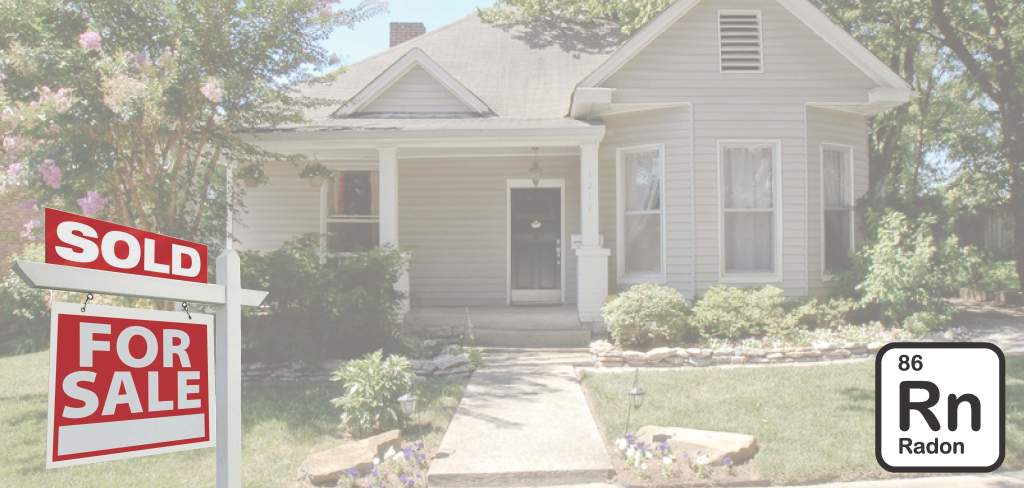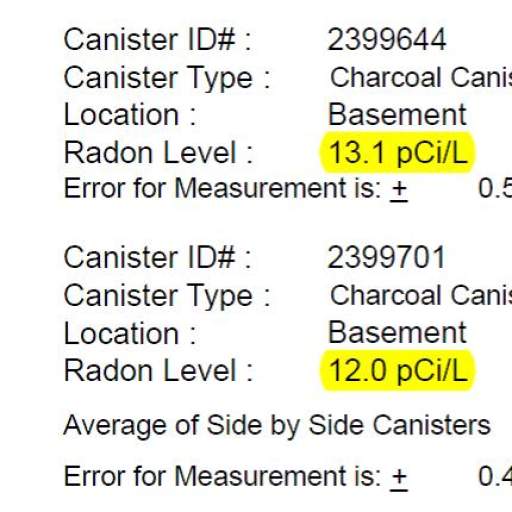House Hunters: Environmental Scientist Addition…Update!
July 6, 2015
Update to Previous Blog Post - The importance of Radon Testing when buying a new home in WNY by Kim Engels
A while back I had posted about my process of searching a house in the Buffalo area. One of the most important factors to me when searching for a house was the location and the land the house was on. Well, after several months of stress and searching, I am happy to say that my fiancé and I have purchased a house!
Searching on the popular real estate websites helped us narrow down the location and type of house we were looking for; however, it really came down to our realtor finding us the perfect house before it was ever listed on one of those sites. Of course I did my environmental research about the property on the Erie County and DEC websites before we put in the offer; but it was really not necessary. The house is in a quiet neighborhood, in a great school district, and is not located in a wetland or floodplain. Overall, I couldn’t have been more thrilled with the location of the house.
Right after our offer was accepted on the house, we had a home inspection completed. We were given the option to have a radon test performed. Due to the fact that the house is located Elma, near an area that is known for a high concentration of radon gas, we decided to have the test done. For those of you who are unaware of what radon gas is, it is a naturally occurring gas that “comes from the break of uranium in the soil, rock and water and gets into the air you breathe” (please check out the EPA website for more information). According to the Surgeon General of the United States, radon gas is the second leading cause of lung cancer in the United States today.
The radon test cost us about 100 dollars for the home inspector to complete. He placed two test kits in the basement and left them for a few days. When we received the test results from the lab, we were very happy that we paid to have the radon test done. Radon levels in your home should not exceed 4 pCi/L, the average radon level in our basement was 12.6 pCi/L!
After a little bit of back and forth with the seller, it was decided that they would pay to have a radon reduction system put into the home. A typical radon reduction system involves the installation of a pipe just below the concrete slab of the basement floor that runs up the house and out the roof. A fan is installed that sucks the radon up out of the ground, into the pipe, and out of the top of the roof, thus deterring any radon from entering the home.
Although I had completed my environmental due diligence before purchasing our home, the radon levels within the home is not something I could have looked up on the computer. If you are in the market for a new home or have never had a radon test completed in your home, I would encourage you to have one done!
We are just about to close on our new home and could not be more excited to move in. With the radon issue resolved, we now feel much more comfortable with our house purchase. Now all that’s left to worry about is removing the floral wallpaper, from every single room (yikes!)

